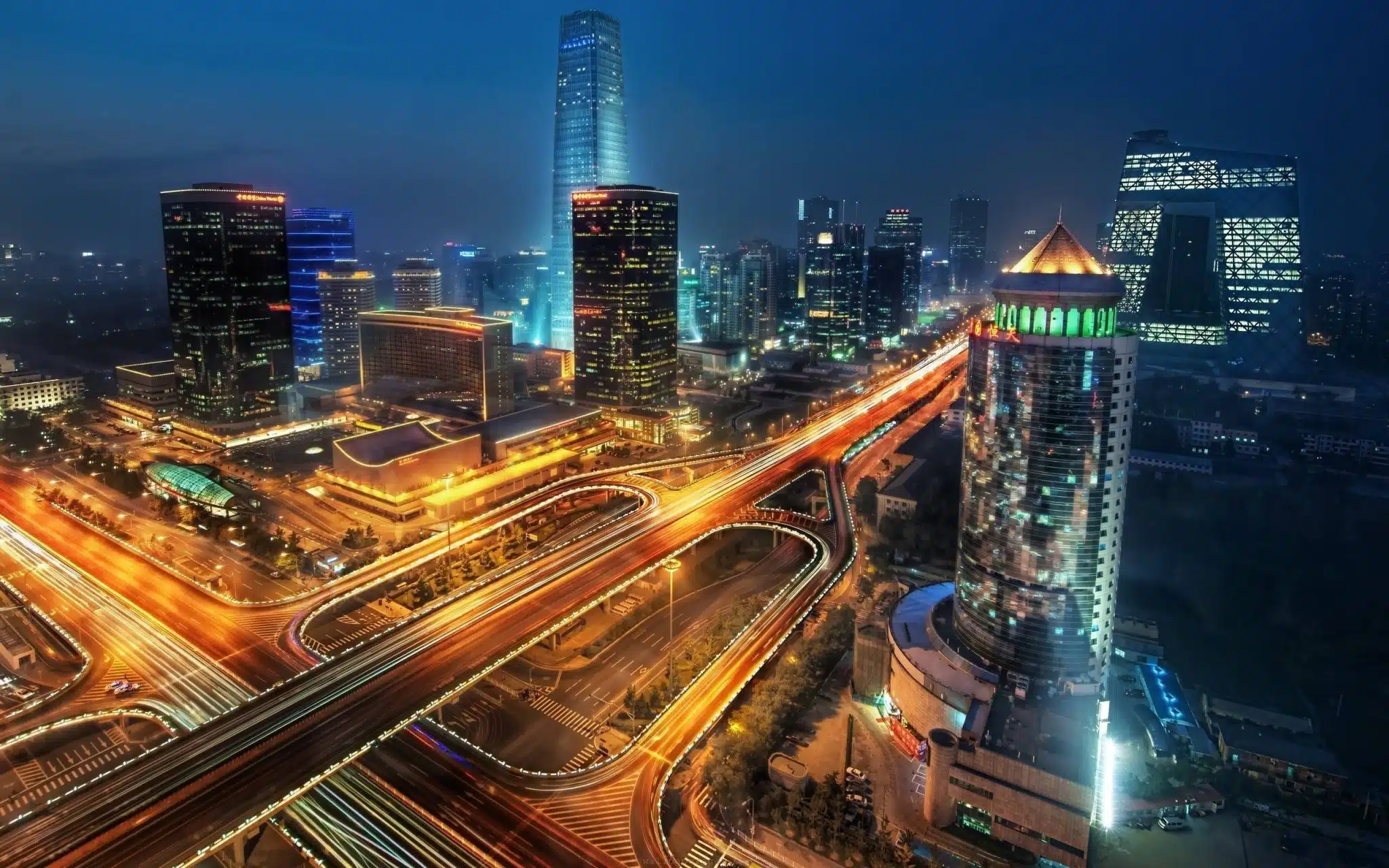
Trying to place recent developments in the context of the growth of modern China, I believe we have reached a point which will one day be described by historians as ‘the end of the beginning’.
After 30 years of adopting a ‘growth at any cost’ model, seeking to lift millions of people out of poverty, raising productivity on a GDP per capita basis, and creating an environment where entrepreneurs have been motivated to create unimaginable wealth for themselves and the country, the Government is now seeking to exert more control on all aspects of the economy, a process that started around the time of the GFC in 2009 (well before Xi Jinping became President).
It’s almost as if China has looked at America and seen the dangers of allowing extreme capitalism to get out of control, especially in the tech sector which has seen companies grow to a size greater than the national economies of whole nations, allowing individual founders and investors to accumulate wealth, influence and power that exceeds their own Government. The sight of Jack Ma of Alibaba being the first person of influence from China to visit President-Elect Trump in New York in early 2017, promising to create one million American jobs (see photo) was a warning to China’s leaders about the dangers of allowing powerful entrepreneurs to get above themselves. It wasn’t long before Alibaba and the tech sector became the subject of new Government intervention, regulation and control.
As we enter the next phase in the development of modern China, we’re going to see a drive to level the playing field, and place the Government in firm control of the economy, including:

- Common Prosperity – an emphasis on higher growth in the poorer regions of China, especially the tier 3 to tier 5 cities, that were left behind in the recent boom times
- Regulation in the Tech Sector – increasing competition will allow more consumer choice, higher margins for emerging brands and central control on personal data and security
- Educational Reform – making education accessible and affordable to everyone (not just the wealthy), limiting video and gaming addiction (and school homework), and improving the quality of life for stressed out children (and thus encouraging an increase in the birth rate).

